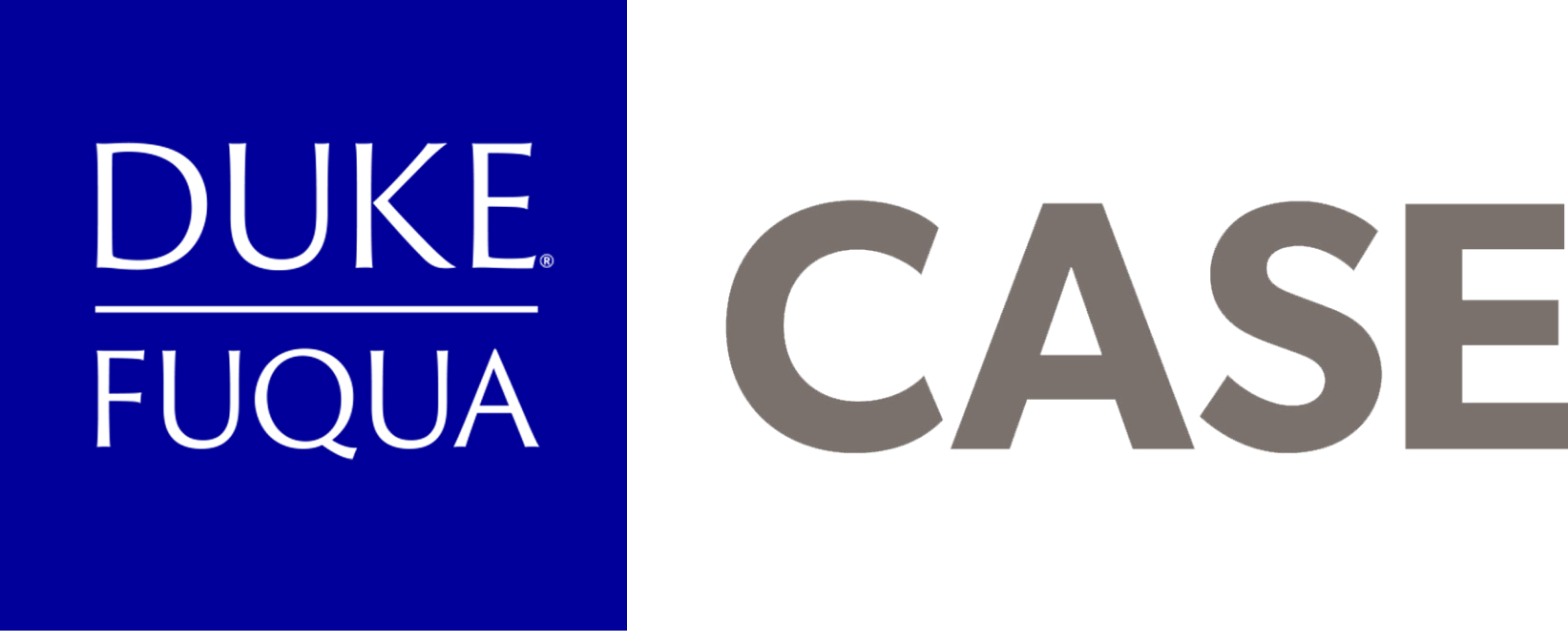This article by Cathy Clark and Ben Thornley was originally posted on the Huffington Post in September 2014. Click here to read the original post.
September 15, 2014, will be remembered for the release of a seminal report on impact investing, care of an international taskforce backed by eight country advisory boards and four topical working groups. The taskforce was led by Sir Ronald Cohen, a venture capital pioneer in the UK, and engaged over 200 prominent global experts on impact investing.
Think of it as the Intergovernmental Panel on Climate Change, but for impact investing – i.e., a very big deal.
The report calls for nothing less than a new 21st century capitalism, adding “impact” as the third, core element of investment, alongside risk and return. It makes critical findings about private and public sector actions required to accelerate impact investing and will stand as a definitive, visionary document charting a course to the next, 2.0 era in the field’s development.
The question now is what skills are required to answer the report’s call and operationalize impact as a third pillar of capital markets? What does the DNA look like of organizations that have already seen the future and are marching forward?
What makes impact investing unique is its inherently cross-sector pedigree; the seamless blending of ideas and approaches from non-profit, government, and business organizations.
Impact investing is an entrepreneurial approach (business speak) to delivering measurable social outcomes (non-profit speak), in markets that are often characterized by pervasive market failure (government speak).
In order to succeed in impact investing, we must demonstrate “multilingual leadership” – mastering all three of these “languages” and related tools.
The idea of cross-sector leadership is not new. McKinsey has been popularizing the idea of business leaders becoming “tri-sector athletes” in recent years. And a number of prominent corporations are setting the pace. As Paul Polman, CEO of Unilever,explained to KPMG three months ago:
Most companies are working in the corporate social responsibility space if they are doing anything at all, but being less bad is just not good enough any more. Many people have realized that the cost of inaction is often greater than the cost of action. We need partnerships across the industry – ones that probably haven’t happened before.
What is new, however, is the emergence of a keener understanding of precisely why and how cross-sector knowledge drives business success.
In our own work, together with Jed Emerson, we have seen that multilingual leadership is a prerequisite for high performance in impact investing. And we have come to believe that, beyond being an innovative financial services niche in its own right, impact investing is nothing less than a template for the new, “collaborative” capitalism that even the largest businesses and financial institutions are focused on.
The taskforce report powerfully conveys the promise of impact investing, as a powerful instrument for tackling immense social and environmental problems. In order to realize this vision, we must make an unprecedented commitment to individual and organizational skills development. As individuals, we need to diversify our professional and learning experiences. As enterprises, we must invest anew in training and collaboration. As academic institutions, the walls that separate educational disciplines will need to come crashing down.
We presented many of these ideas at the annual SOCAP conference in San Francisco earlier this month, which brings together over 2,000 social entrepreneurs and impact investors, where we shared an “IGNITE” pledge for getting started with multilingual leadership.
Here are some simple steps every organization can take – beginning right now:
- Innovate: Implement one new strategic approach to embedding Multilingual Leadership. For example, if you’re a non-profit organization at the front lines of providing services to the homeless, ask for help to write a business plan that explores the role private capital might play in doubling your size, building on traditional sources of funding from the public and philanthropic sectors.
- Guide: Support (and encourage) one other organization in its attempt to embed and develop Multilingual Leadership. Collaborative capitalism is a team sport.
- Network. Attend one out-the-box conference or event focused on your outcome of interest. For example, if you’re a public official working on, say, youth training, attend a business conference focused on education technology.
- Include: Invite an unusual suspect into your inner circle, or partner across sectors. For example, if you’re a business working in pharmaceuticals, invite a prominent non-profit leader onto your board with insight into addressing the health care needs of customers from a community-based perspective.
- Talk: Share your experiences of multilingual leadership – blog or present on the subject at least once annually (and use the hashtag #multilingual to find out what others are doing).
- Educate: Cultivate your organization as a place of learning – welcoming of new talent and insistent on skills building. Take a survey on multilingual leadership skills and design plans for filling in personal and team gaps.
The taskforce report provides us with a roadmap for taking impact investing to the next level. Developing multilingual leaders, teams, and strategies is where the rubber hits the road.
